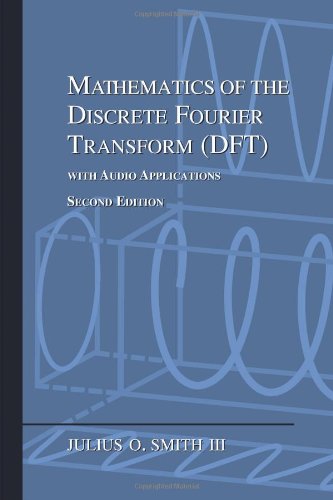Orthogonality of the DFT Sinusoids
We now show mathematically that the DFT sinusoids are exactly orthogonal. Let

where the last step made use of the closed-form expression for the sum
of a geometric series (§6.1). If ![]() , the
denominator is nonzero while the numerator is zero. This proves
, the
denominator is nonzero while the numerator is zero. This proves
Next Section:
Norm of the DFT Sinusoids
Previous Section:
Orthogonality of Sinusoids



















